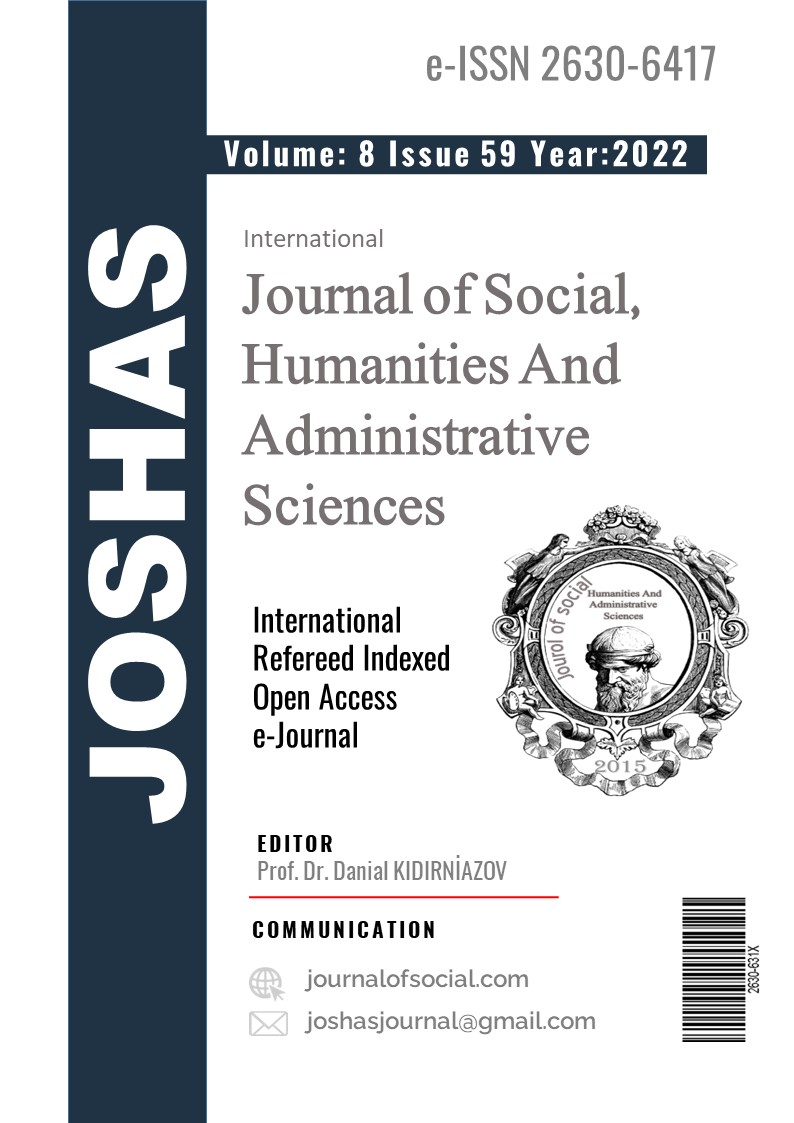Author :
Abstract
Forfaiting, mal ve hizmet ihracatından doğan orta ya da uzun vadeli bir alacağın rücu hakkı olmaksızın forfaiting şirketine devredilerek tahsil edilmesidir. Forfaiting işleminde forfaitist (alacağı devreden ihracatçı), forfaiter (alacağı satın alan forfaiting şirketi), ithalatçı (borçlu) ve garantör banka (ithalatçının borcunu ödeme garantisi veren kurum) olmak üzere dört taraf bulunmaktadır. Forfaiting işlemi, ihracatçı işletmenin orta ya da uzun vadede finansman sağlamak amacıyla nezdinde bulunan alacak senedini belirli bir komisyon ve ücret karşılığında forfaiting şirketine devretmesiyle başlamaktadır. Söz konusu ücret ve komisyon ihracatçı işletme için bir gider iken, forfaiting şirketi için bir geliri ifade etmektedir. Sözleşme kapsamında ortaya çıkan bu giderin/gelirin muhasebeleştirilmesi konusunda Türkiye Muhasebe ve Finansal Raporlama Standartları (TMS/TFRS) ile vergi mevzuatı arasında bir takım farklılıklar bulunmaktadır. Bu farklılıklar, ertelenmiş gider ve ertelenmiş gelire neden olmakta ve bunun sonucu olarak da ertelenmiş vergi yükümlülüğü ve ertelenmiş vergi varlığı oluşmaktadır. Forfaiting işleminde oluşan gider ve gelirin doğru bir şekilde kaydedilmesi, finansal bilginin ihtiyaca ve gerçeğe uygun olarak raporlanmasının bir gereğidir. Bu doğrultuda çalışmanın amacı, forfaiting işlemlerinde taraflara ait oluşan ertelenmiş gider ve gelir ile ertelenmiş vergi yükümlülüğü ve varlığının ne şekilde muhasebeleştirileceğini ortaya koymaktır. Türkiye Muhasebe ve Finansal Raporlama Standartları çerçevesinde ele alınan muhasebeleştirme işlemleri ihracatçı işletme ve forfaiting şirketi açısından karşılaştırmalı olarak verilmiş ve uygulama yardımıyla konu örneklendirilmiştir.
Keywords
Abstract
Forfaiting is the collection of a medium or long-term receivable arising from the export of goods and services by transferring it to the forfaiting company without the right of recourse. There are four parties in the forfaiting transaction; the forfaitist (the exporter who transfers the receivable), the forfaiter (the forfaiting company that buys the receivable), the importer (the deptor) and the guarantor bank (the institution that guarantees the payment of the importer's debt). The forfaiting process begins when the exporting company transfers its receivables to the forfaiting company in return for a certain commission and fee, in order to provide financing in the medium or long term. While the said fee and commission is an expense for the exporting company, it represents an income for the forfaiting company. There are some differences between Turkish Accounting and Financial Reporting Standards (TAS/TFRS) and tax legislation regarding the accounting of this expense/income arising within the scope of the contract. These differences cause deferred expense and deferred income, resulting in deferred tax liability and deferred tax asset. Accurate recording of the expenses and income generated in the forfaiting process is a requirement for reporting the financial information in accordance with the needs and the truth. In this direction, the aim of the study is to reveal how the deferred expense and income and deferred tax liability and asset of the parties in forfaiting transactions will be accounted for. Accounting procedures handled within the framework of Turkish Accounting and Financial Reporting Standards have been given comparatively in terms of exporting company and forfaiting company and the subject has been exemplified with the help of application.





